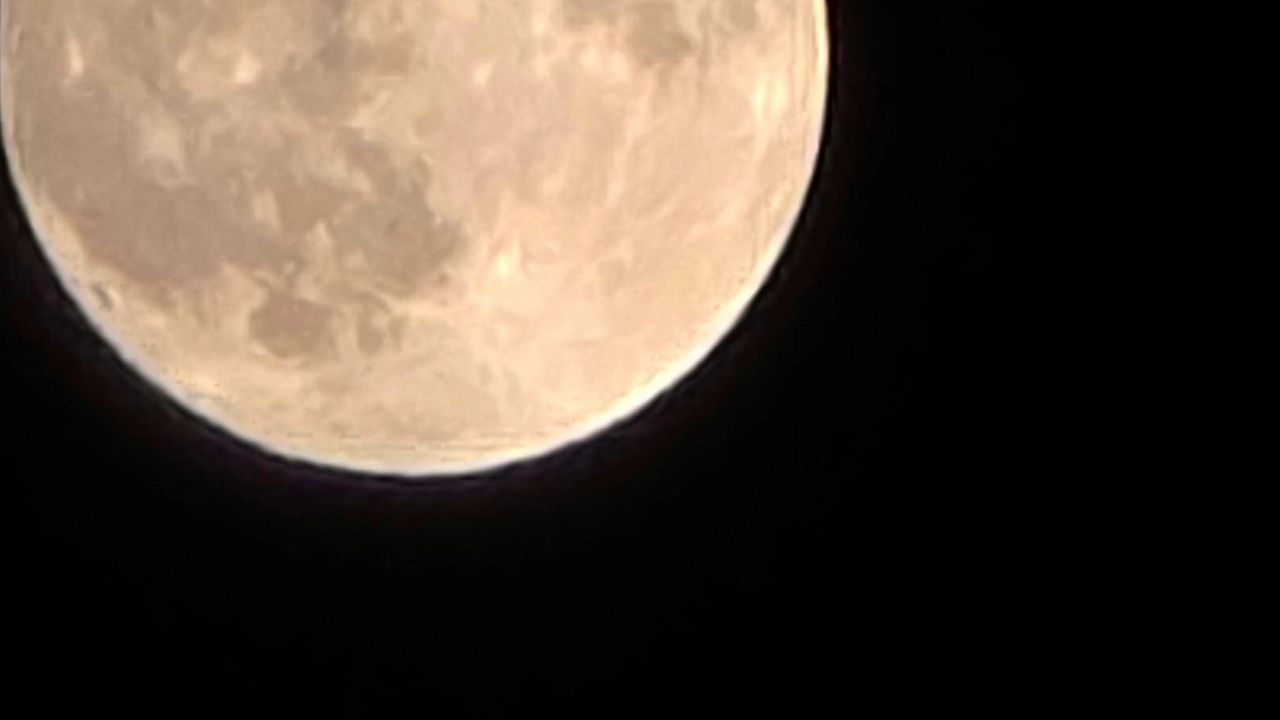This month's full moon will peak on Oct. 17 and is the third of four supermoons this year.
It’s called the Hunter’s Moon because it follows the Harvest Moon. The full Harvest Moon can occur in either September or October. It’s the moon closest to the autumnal equinox.
This year that happened in September, so the full moon that follows is called the full Hunter’s Moon. Its name originated from its function as a signal for hunters to begin preparing for winter.
A supermoon is when the moon’s orbit is at its closest to Earth. The moon will appear brighter and larger than normal.
This month’s supermoon orbits closer to Earth than any of the other full moons this year, making it appear even larger than September and August’s supermoon. The final supermoon of the year will occur in November and while it will still appear larger than normal, it won’t look as big as October’s.
According to the farmer’s almanac, names of moons corresponded with entire lunar months and were derived from Native American, Colonial American and European sources.
Other names for the Hunter’s Moon reflect the signals or activities of the season.
- Sanguine (Old Oxford Dictionary)
- Blood Moon (Old Oxford Dictionary)
- Drying Rice Moon (Dakota name)
- Falling Leaves Moon (Anishinaabe term)
- Freezing Moon (Ojibwe) and Ice Moon (Haida)
- Migrating Moon (Cree)
Check your local forecast here to see how clouds may affect your viewing.
Our team of meteorologists dives deep into the science of weather and breaks down timely weather data and information. To view more weather and climate stories, check out our weather blogs section.



